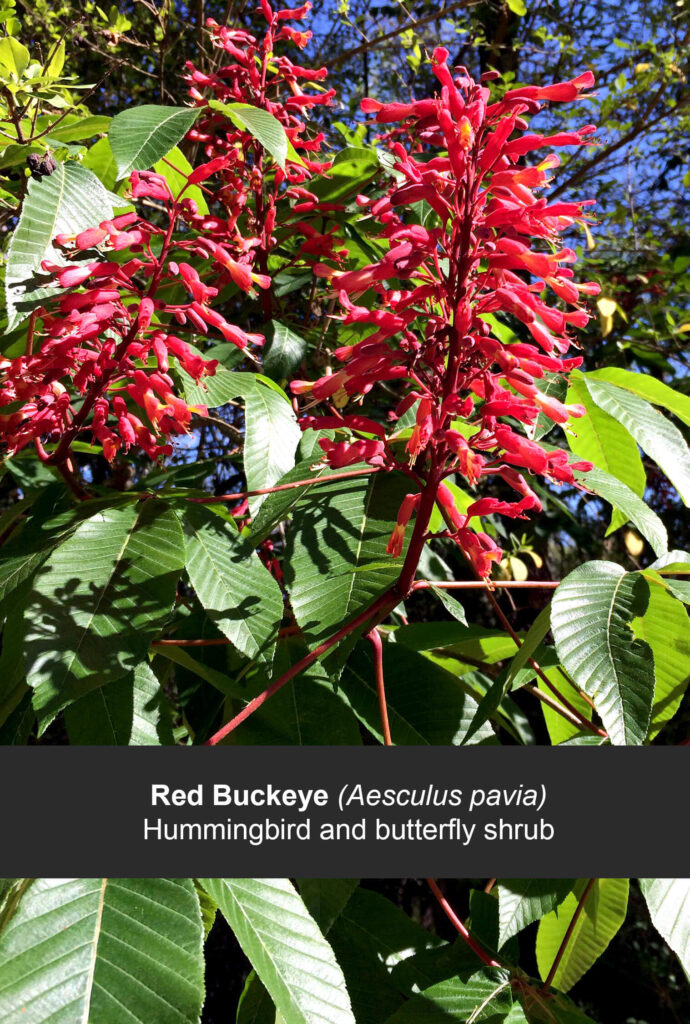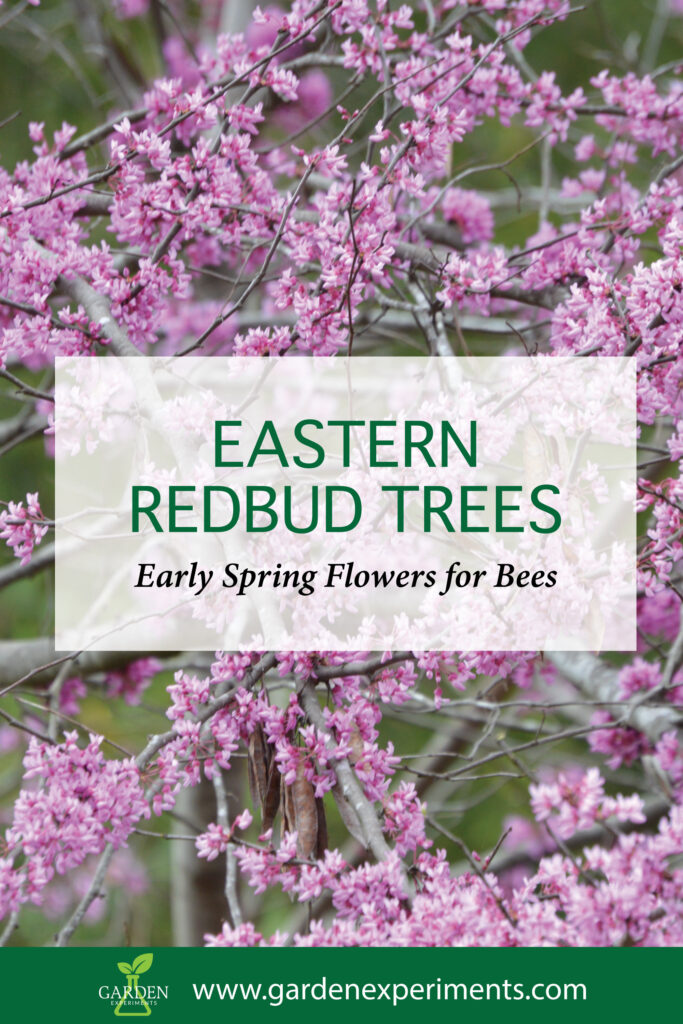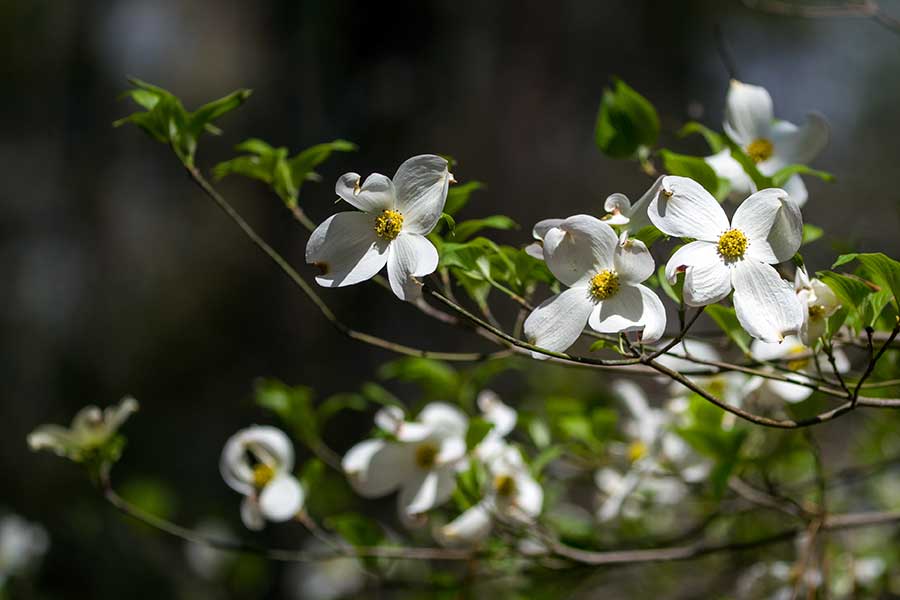Do you smell rotting mushrooms or fish when you’re outdoors right now? Don’t worry; it’s not just you. It’s the dreaded scent of Pyrus calleryana or the Bradford Pear tree.
The Bradford pear tree puts on a lovely show of branches thick with white flowers. But, this tree has a dark side. It’s invasive!
Native to China and Vietnam, these trees were introduced to the U.S. in the early 1900s, and the popular ‘Bradford’ cultivar became widely used in landscapes in the mid-1960s.
I admit it. The flowers are a welcome sight at the end of winter. But we must look at the problems that come with this flowering tree.
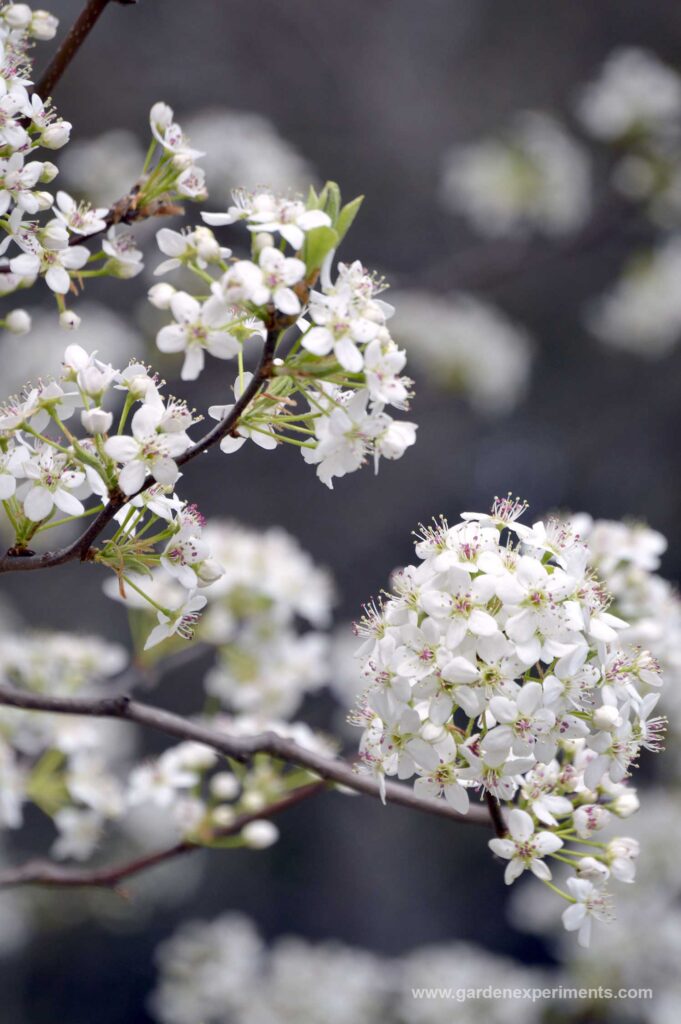
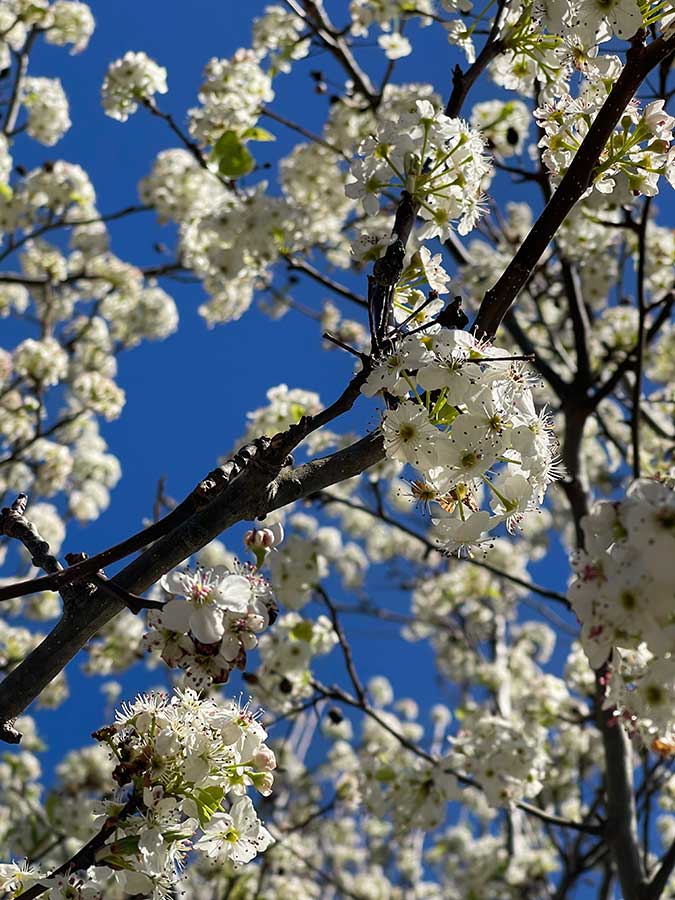
Problems with the Bradford Pear Tree
One of the problems with this tree is that it is prone to splitting or breaking apart – particularly when we have ice storms or periods of heavy rain.
When a Bradford pear tree splits or breaks, it may result in property damage, injury to people and animals, and lots of cleanup.
The biggest concern with this tree is that it spreads rapidly and can outcompete native trees. A single tree can quickly spread by seed and vegetative. Birds and mammals spread a lot of the seeds. Not much eats these trees, nor are there many diseases that affect them, leaving them to form a thicket of trees when they grow.
The tree’s rapid growth and its capacity to form thick patches allow it to outcompete native trees for sunlight and space. Therefore, it is called invasive.
What’s the problem with that, you ask? If our native trees are outcompeted, then native insects, birds, and mammals that rely on these native trees for food, shelter, or nesting sites have less access to the things they need.
Bradfords pears outcompeting native trees is problematic, particularly in landscapes where there aren’t many native plants to support wildlife to begin with.
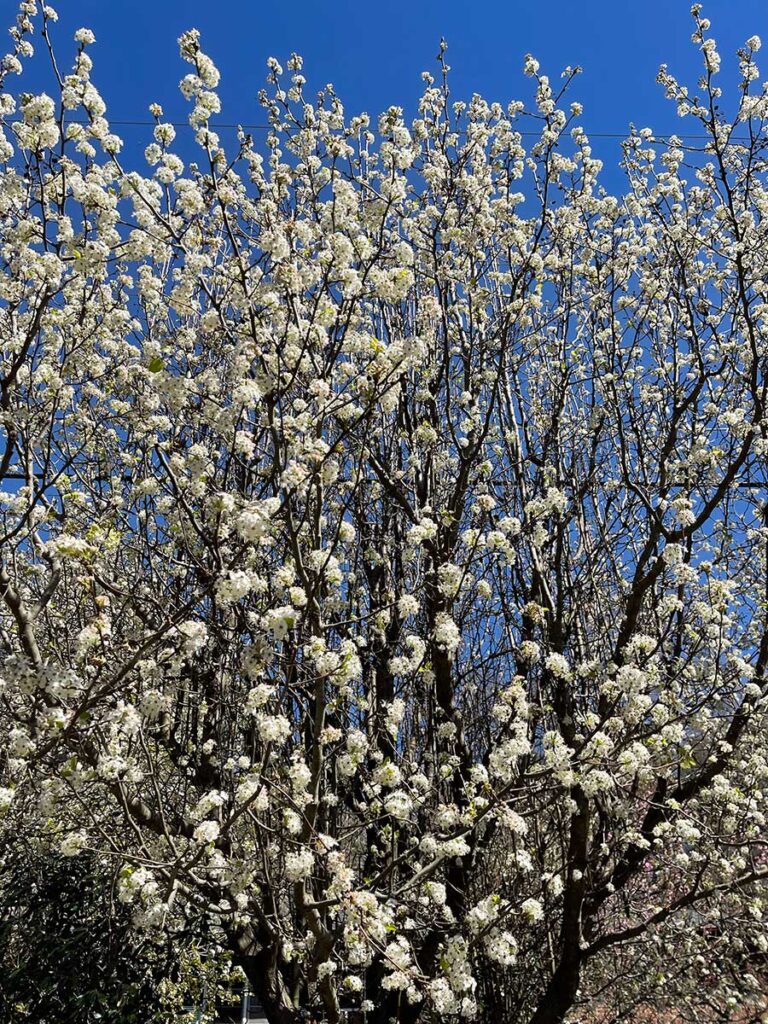
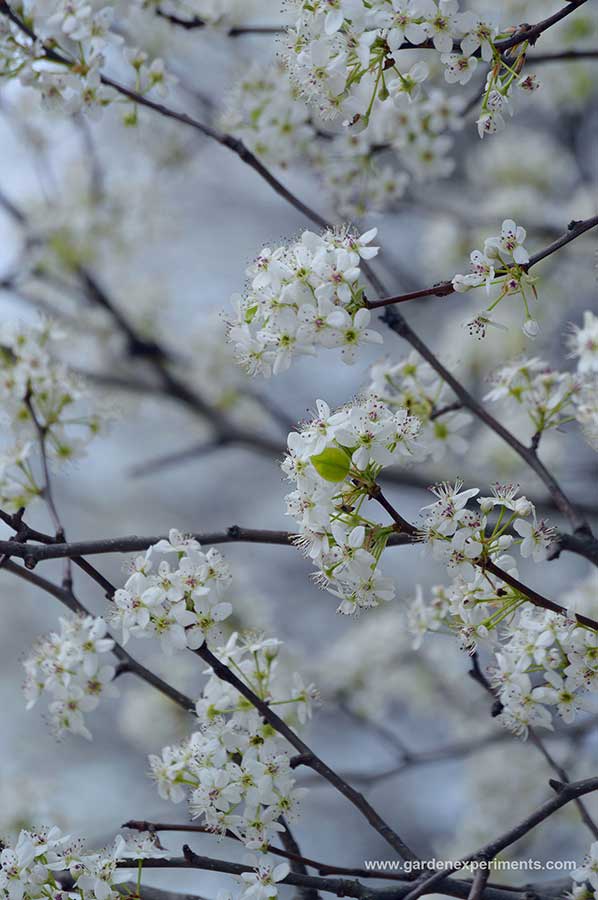
Native Trees to Plant as an Alternative to the Bradford Pear
If you’re thinking of planting spring-flowering trees, consider our native dogwoods, Eastern redbuds, serviceberry, or red buckeye as an alternative to the Bradford pear.
